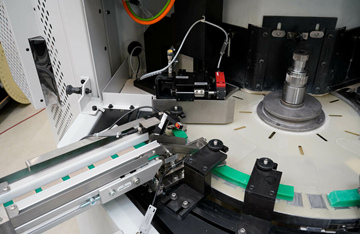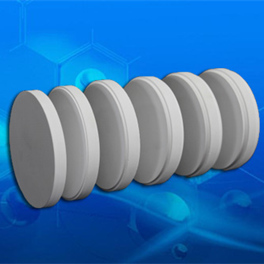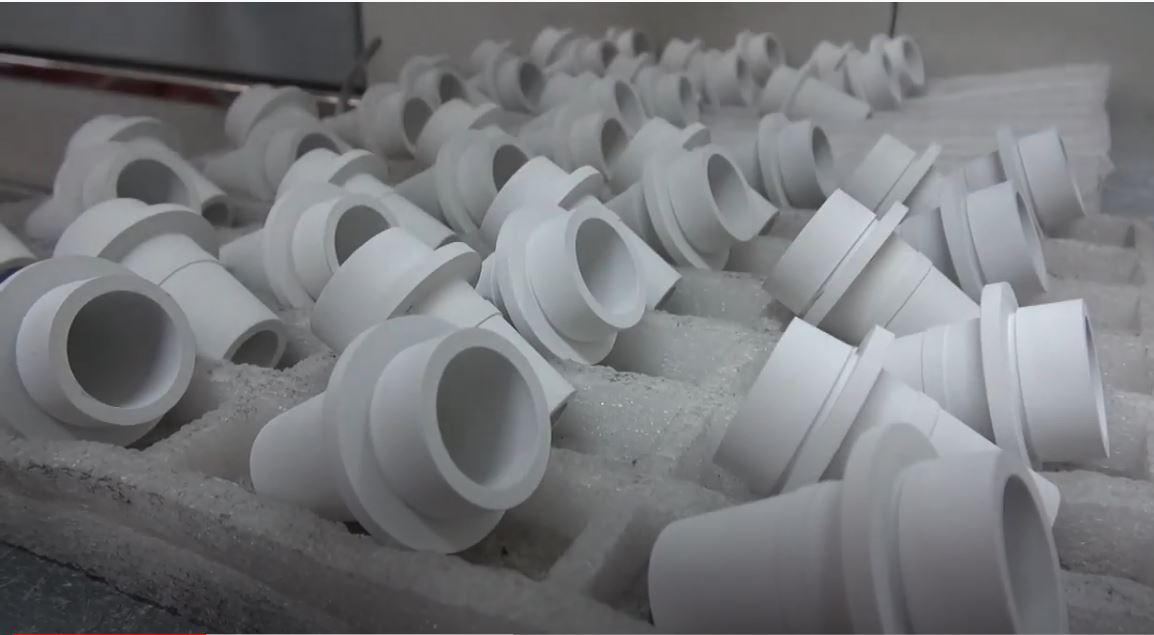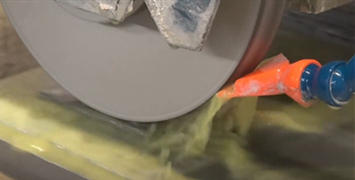How to choose grinding parameters when grinding engineering ceramics
Engineering ceramics refers to the general term of all kinds of ceramics applied in the field of engineering technology, including structural ceramics, functional ceramics and ceramic matrix composites.
Engineering ceramics occupy a very important position in the field of new materials for its high temperature resistance, wear resistance, corrosion resistance, good chemical stability and unique electrical, thermal, optical, magnetic and other functions.
Due to the influence of the performance of engineering ceramics, there are the following characteristics in the grinding process:
(1) The grinding wheel wear is large and the grinding ratio is small. The removal mechanism of engineering ceramics is brittle failure, which is different from that of grinding metals. Metal materials are removed by plastic deformation to produce continuous chips. Engineering ceramics are removed by brittle cracking and producing fine powdery chips. The pulverized chips can easily remove the bond from the grinding wheel, causing the diamond particles to fall off and speeding up the grinding wheel wear. The greater the fracture toughness of the grinding ceramic material, the greater the grinding force and the more serious the grinding wheel wear. This not only results in lower grinding efficiency, but also a smaller grinding ratio. The grinding ratio of ceramic grinding with diamond wheel is 1/30 of that of glass grinding.
(2) The grinding force is large and the grinding efficiency is low. When grinding ceramic materials, the ratio of tangential grinding force Fc to radial grinding force Ep is much smaller than that of steel (Fc/FP-0.3 ~ 0.5), generally Fc/Fp <0.1. Because the hardness of ceramic material is very high (HVl500 ~ 2800), the radial grinding force Fp when grinding it is large, acting on the grinding wheel
The force on the shaft is large, and the elastic deformation of the shaft increases accordingly, which is easy to produce vibration and affect the grinding of the workpiece surface
Quality, reduce grinding effect.
(3) The strength of ceramic parts decreases after grinding. The strength of ceramic parts varies with the grinding conditions.
The factors that affect the strength of parts include the grain size of grinding wheel, the time of loading and the atmosphere around. grinding
After the surface roughness of parts is large, the bending strength of parts is low. The longer the loading time, the smaller the fracture stress and the lower the strength of ceramic parts. Because the hardness of pottery and porcelain is high, toughness is very poor, like other hard and brittle materials, very sensitive to the surface of parts, the quality of parts will directly affect its mechanical properties.
Whether the selection of the grinding parameters for grinding engineering ceramics with diamond wheels is reasonable or not will directly affect the grinding heat, grinding force, grinding ratio, wear of the grinding wheel and the surface quality of the workpiece. Generally, with smaller grinding depth and workpiece speed are used to reduce the cutting thickness of each abrasive grain and reduce the grinding force and grinding heat.

(1) Cylindrical grinding parameters
The speed of the grinding wheel is (25~30)m/s. The workpiece speed is (10~12)m/min.
The grinding depth is 0.03mm/st for rough grinding and 0.01mm/st for fine grinding; the longitudinal feed is 3/6B for rough grinding and 1/12B for fine grinding.
(2) Internal grinding parameters
The speed of the grinding wheel is (20~25)m/s. The workpiece speed is (15~25)m/min.
The grinding depth is 0.015mm/st for rough grinding and fine grinding is ≤0.01ram/st; the longitudinal feed is 3/3B for rough grinding and 1/6B for fine grinding.
(3) Surface grinding parameters
When using a horizontal axis rectangular table surface grinder, the speed of the grinding wheel is (20-28) m/s. The speed of the worktable is (12~15)m/min. The grinding depth is 0.03mm/st for rough grinding, fine grinding is ≤0.01mm/st, and the horizontal feed is ≤1/4B.
—EDITOR: Anna Wang/Doris Hu
—POST: Doris Hu



